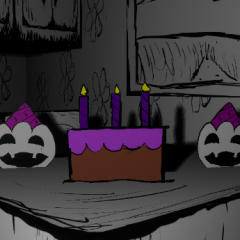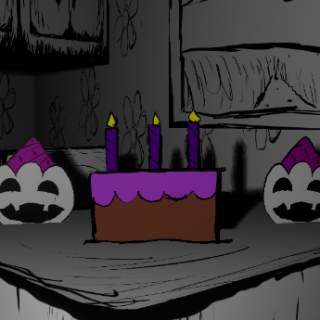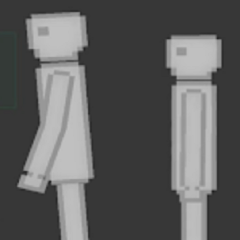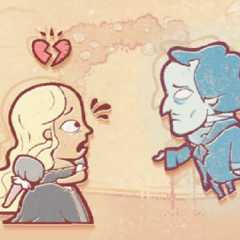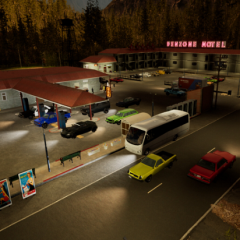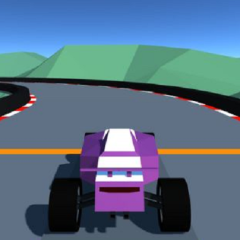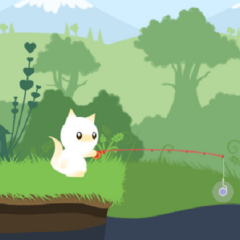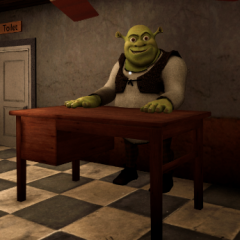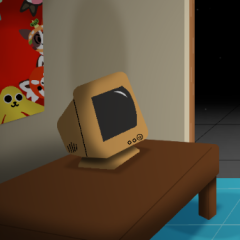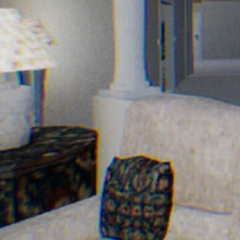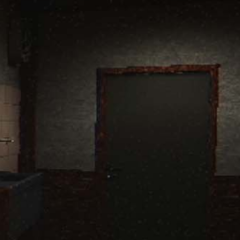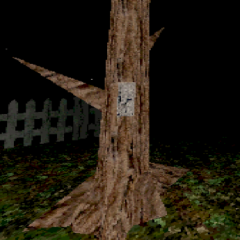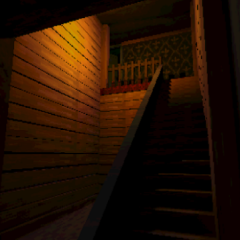Goodboy is an interactive mystery game built around exploration and hidden narrative elements. The player navigates through a single location — a small, ordinary home — where every object and event gradually reveals fragments of a larger story. Progress depends on investigating rooms, collecting clues, and making decisions that alter the course of events. Though the game’s setting appears simple, each playthrough exposes subtle differences that shape how the story unfolds and which ending the player discovers.
Gameplay And Core Systems
Gameplay in Goodboy focuses on movement, observation, and interaction with objects. The player explores the environment by examining furniture, photographs, and notes scattered across the house. Certain items trigger events or reveal hints about what happened before the story began. There are no timers or combat sequences; instead, the challenge lies in connecting clues and interpreting what each discovery means for the main character’s situation.
Core activities include:
· exploring rooms and inspecting interactive objects
· collecting keys, notes, or other items that unlock new areas
· solving environmental puzzles using logic or memory
· uncovering narrative fragments that build context
· making decisions that lead to different endings
Each of these elements contributes to the unfolding mystery, rewarding careful observation and patience.
Story Progression And Player Choice
The story of Goodboy develops gradually as players explore and make small decisions. Each action changes how characters or events appear later in the game. Some objects only become accessible after previous conditions are met, while others disappear depending on earlier choices. This structure makes each playthrough unique and encourages re-exploration. As the story unfolds, the player learns that the familiar environment hides traces of past events that explain the strange behavior and shifting layout of the house.
Puzzles And Exploration
Puzzles serve as both barriers and storytelling tools. They require players to link objects, recall patterns, or interpret environmental hints. For example, solving a code may unlock a new area, but it can also reveal a hidden detail about the protagonist’s past. The layout of the house acts as a looping system — players often return to earlier rooms to find new interactions that were not available before. The process of exploration becomes both mechanical and narrative, guiding progress through discovery rather than explicit direction.

